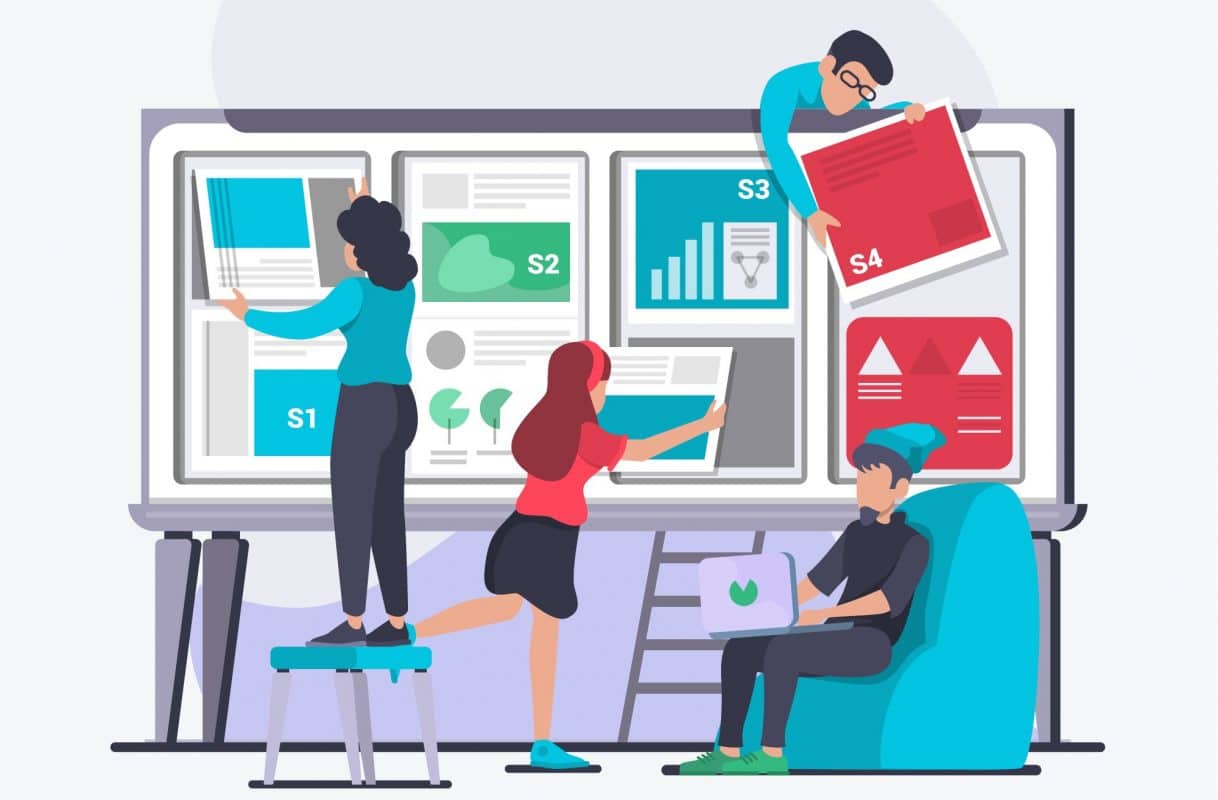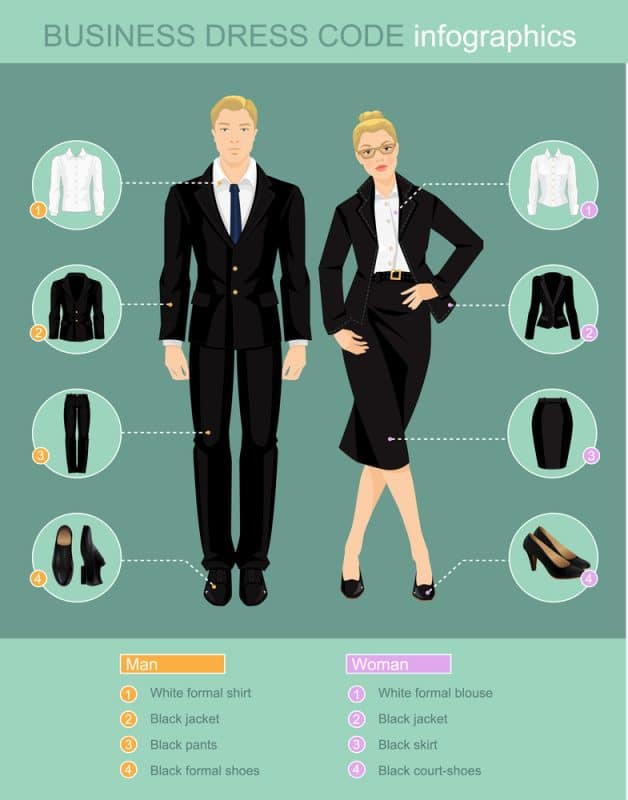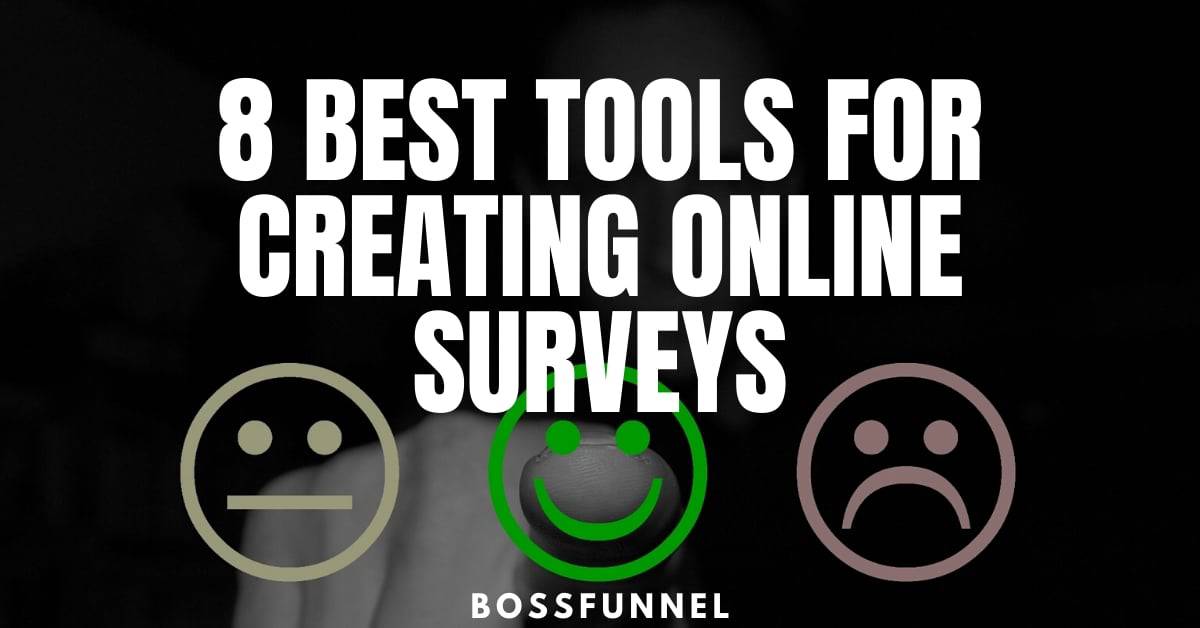First Business Meeting: How many articles and books have been written? How many courses and training have been invented on the topic of negotiating? The variety of names makes you dizzy: hard and soft, complicated and not-so-so, the “empty cabinet method” and the “power shoulder” technique, manipulation and provocation, 4 phases, 10 procedures, 36 techniques … and so on!
But often, all these courses and training lack practice – intuitive and straightforward. If I go to meet tomorrow, what will I do? How to prepare for the first negotiations with strangers? For example, is it your first time meeting a potential client, or maybe you will make a presentation to the board of directors or a foreign guest, or you were invited to a corporate business lunch with a possible conversation about cooperation?
Throughout my nearly twenty-year business practice, I held more than 500 meetings and negotiations of various levels – from informal business breakfasts with partners to meetings with foreign delegations at the ministerial level. During this time, I have developed a specific algorithm of actions on my own experience. Its implementation allows not only to make a positive impression but also significantly affect the success and further development of relations with the opposite side.
It would seem that I will not tell you anything sensational, new, or supernatural. However, these 5 simple steps are so essential to feel confident at the first business meeting and impress the right professional.

Step 1: Do The Homework
A) Find out the maximum about your interlocutor/company
This seems elementary, but in reality, very few people “make inquiries” about the counterparty before the first meeting with him. Perhaps there is not enough time, or simply they do not think about it. But often, this is what determines the course of the first conversation. And even the success of the negotiation process.
When I am going to a meeting, I always look for the maximum information about the person or company with whom I will communicate.
Seek information about the company on its website. Go to the pages of its social networks, look at projects, achievements, latest news, find out who is the shareholder/owner of the company, who are its key decision-makers, etc. This allows me not only to be aware of what the company lives in but also to understand the motivation and needs of my future interlocutors, to find potential areas of mutual interest.
If you know in advance the name of the person or employees with whom you will meet, it will be beneficial to do a little research about them through social networks and blogs. If your interlocutor is a public person, you can connect publications and interviews in the media to sources of information.
It will be useful to know what this person has been doing to this day, in what other companies he worked, and what he achieved, what he is fond of, and what his interests are. Well, and see who his friends are – suddenly he is a friend or relative of your neighbor or colleague, then the meeting can undoubtedly become much more enjoyable.
B) Decide on the topic of the meeting and send the agenda to all its participants.
You will be surprised, but very often people come to a meeting without knowing what they will be talking about, this is especially true for large meetings where communication between participants is still poorly established. Even if the exchange of information between colleagues of the same company often leaves much to be desired. Therefore, the agenda of the meeting, sent to all participants in advance, will help to avoid embarrassing situations when those who come to the meeting whisper in each other’s ear: “Why are we here today?”
Here is a checklist you can use for your First Business Meeting.
C) Content – get ready to get the message across
How often have I seen presentations poorly prepared and made in a hurry! Unprepared presentations, lengthy and uninteresting, which were simply not relevant for the interlocutors. Why were they like that? Yes, simply because they were poorly prepared. Instead, they did not cook at all!
Many acts “by the least resistance” – they say, I have a standard presentation that I carry with me everywhere, and that’s enough for me. But the customers are different! And even if you work in the same niche, for sure, you have some variations on the topic, various services for different requests.
One way or another, you need to prepare for the presentation. Even if you do it for the hundredth time, it is necessary to prepare both in writing (the file itself and the visual series), and orally (to know what will be discussed, provide answers to possible questions of the interlocutor).
Here are some tips for creating a perfect First Business Meeting presentation.
For example, if your company provides interior design services in different areas: offices, shops, restaurants, and public areas. And your client wants to order an office space design from you, then you need to focus on this segment, showing all other projects at the very end – to confirm their experience (if at all they have enough time).
I also recommend that, no matter how strange it sounds, at the first meeting, provide the first word to your client. If you don’t know the details of the project, your potential customer, speaking first, will help you understand the essence of the task. It will be easier for you to orient and adjust the focus of your presentation to what is especially important for the interlocutor. If you start with your presentation, there is a risk that you will give a lot of unnecessary and unnecessary information, but you won’t even mention what is essential.

Step 2: Organization – Think All The Details
Imagine, a tender commission has gathered at the meeting, you have to speak, but the presentation does not open. Or the meeting takes place in one of the customer’s branches, and you traditionally came to the head office. Or your tablet’s charge has run out, and instead of showing the client essential marketing materials, you have to tell them about them in colors.
Here is a list of some essential items for your first business meeting presentation.
Of course, one can find a way out of any situation. Still, in order to avoid such unpleasant “accidents,” before each meeting, I highly recommend checking and clarifying the following details:
- Where the meeting will take place (exact address, how to get there, and how to get there, whether there is parking, etc.).
- In what format will the presentation take place? Is there a screen in the call screen, do I need a tablet or laptop with me? Or there will be enough USB with a presentation. Be sure to check the technical details of the equipment before the meeting).

Step 3: Look Suitable
In my practice, there were rather funny situations when the inappropriate clothing of colleagues and partners did not influence the negotiation process in the best way, cast doubt on the reputation and professionalism of contractors. When I worked in an international consulting company, we had a strict approach to the dress code: always an official shirt, a suit with a jacket and no jeans! Of course, not all our clients dressed the same way, but it didn’t matter to us, because we — including thanks to the dress code — tuned in for effective negotiations and felt more confident when we were “in the parade.”
Here are some tips on what you can wear on your first business meeting.
Working in an international architectural bureau, I saw a different approach to clothing. Here, in the corporate environment, the “relaxed” style of designers was more in demand. Jeans, bright shirts, catchy swine-jackets, and creative dresses – if in the office, this style was entirely appropriate, then at meetings, it sometimes became the reason for the customer’s speechless bewilderment.
Therefore, my advice: at a formal meeting, a business suit would be a win-win option – no matter what type of business you are in. For informal negotiations, you can dress more freely. If you doubt which clothes to prefer, try to keep a neutral style – not to go to extremes, such as a suit with a bow tie or ripped jeans with a too frivolous shirt. For example, “business casual” is an office style, calm and restrained, but not too official will be here that very middle ground.
I’ll tell you honestly, Indian women sometimes go too far with the style of their outfits. Neckline, an abundance of jewelry, variegated colors of clothing, a skirt too short – in a business environment, it looks inappropriate and vulgar. Such “freedom” of the dress code is unacceptable, especially with foreign participants in the meeting, and negatively affects the image of the company. A calm, neutral business style is a respect for those present and oneself.

Step 4: Speak Confidently, Clearly Structuring Your Thoughts
Presentation mastery has been honed for years. This can and should be learned. It is worth continually practicing. Each presentation has a place for a little impromptu dialogue with the participants. In essence, no one is interested in listening to your monologue or lecture; much more interesting is live communication during the presentation. And, of course, no matter how you worry when you first meet new people, the main thing in any presentation and discussion is confidence in yourself and in your product/service that you offer. A moderately confident person inspires a feeling of trust, has a higher chance of convincing his competence and professionalism than an insecure and confused interlocutor.
Here are some tips you can use on- How to speak confidently in your first business meeting.
To create a positive atmosphere at the first meeting, they often resort to such a chip as “small talk” – in English, it is “small, insignificant conversation.” What is it? This is a relaxed, informal conversation about some universal human interests/values, whether it be the weather, world news, or the result of the national football team. This may be a small compliment to the interlocutor or a curious observation that you made on the way to this meeting. But, if the starting topic is chosen correctly. It relaxes the interlocutors and sets them up for a positive meeting without unnecessary officialdom.
At the beginning of the meeting, if it was not previously agreed, it is worth checking with the interlocutors how much time they have for the meeting, briefly stop on the agenda, allocate time, and indicate the order of presentation. From my experience, I would advise distributing the hourly appointment at the following intervals:
5 minutes – presentation of the interlocutors, if you have not previously met. Briefly introduce all the members of your team and ask your interlocutors to do the same.
15-20 minutes – if the customer agrees, ask him to start with the subject of the meeting: project, task, issue that they want to discuss with you. This, firstly, will allow you to understand better what they need. And secondly, it will help you adapt the focus of your presentation.
15-20 minutes – directly your presentation. It happens that customers do not want to be the first to talk about their projects. No problem. Then you are the first to make your presentation, but make a reservation that, not knowing their tasks, you can talk about everything that you do, and when you better understand their project, add other details.
15-20 minutes- questions and answers at the end of the meeting. Do not take all the time for the presentation. Interlocutors need to speak out. The more attention you pay to your potential client, partner, the more relevant information you will receive, and the more positive your client will be.
The clear structure of the meeting will help you not to stray and maintain confidence, and your interlocutor will show how much you are a collected person. Of course, special attention should be paid to the presentation itself. It must be required:
- Introduction – information about your company and team
- Key indicators, milestones of development, achievements
- The most critical projects related to the topic of conversation
- Other projects of your portfolio, by which you can judge the scale of your business, company level, etc.
- Your unique offer is something that you can help your customers with.

Step 5: Contact The Customer After The Meeting
So, you had your first meeting, satisfied with yourself; you managed to make a good impression. What next? A good manners rule is a letter of thanks after the meeting. In this letter, you can once again send your contacts to the interlocutor and thank him for his acquaintance and exciting communication. Secondly, you can attach to your message your presentation that you made at the meeting or some additional information about you.
Thirdly, you must have agreed on something at the meeting and promised to send something “after.” This is just what you should do in the letter.
And, fourthly, do not forget to ask the client about the decision-making status for your cooperation, because you are looking forward to furthering developments. If you didn’t agree on anything like this, and the meeting was a fact-finding – without obligations – it’s still worthwhile to indicate that you are waiting for the opportunity to continue negotiations.
Such a letter is best sent within 1-5 days after the meeting. This is the best time when your interlocutor is still impressed, remembers all your agreements, and expects from you the additional information that you promised him.
Here are some templates that you can use to send follow up emails after your first business meeting.
Instead Of A Conclusion
The first meeting is an opportunity to demonstrate to the client not only your professional qualities but also friendliness, support, decency. Be open, empathetic, talk with the client on equal terms, and strive to be as useful to him as possible, even if this is potential cooperation so far. And success will not take long.
Successful negotiations!





